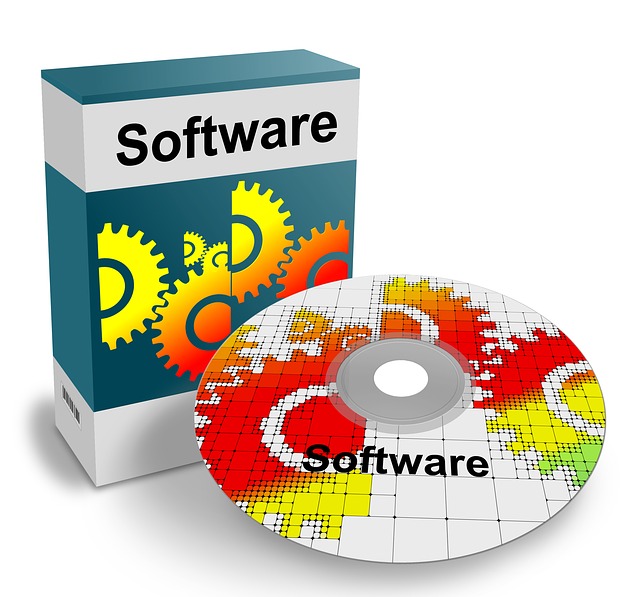
What Should be Included in Service Scheduling Software?
Service scheduling software should include features such as appointment scheduling, resource scheduling, customer management, and appointment reminders. It should also be able to handle recurring appointments and multiple time zones. Additionally, it should have a user-friendly interface and integrate with other tools such as calendars and payment processing.
Service scheduling software should also be able to generate reports and track performance metrics. Overall, it should make it easy for businesses to schedule, manage, and optimize their service appointments.
Below is a detailed explanation of what should not miss in service scheduling software:
Table of Content
Appointment scheduling
The software should be able to schedule appointments for clients or customers, including setting recurring appointments. It should also have a calendar view for easy scheduling and management of meetings.
Resource scheduling
The software should be able to schedule and manage resources such as employees, equipment, and rooms. This ensures that the right resources are available at the right time and location.
Customer management
The software should be able to manage customer information, including contact information and appointment history. This makes it easier to keep track of customer interactions and preferences.
Appointment reminders
The software should be able to send appointment reminders to customers to reduce no-shows and improve customer retention.
Multi-time zone support
For businesses with clients or customers in different time zones, the software should be able to handle multiple time zones and adjust appointments accordingly.
User-friendly interface
The software should have an easy-to-use interface that makes it simple to schedule and manage appointments.
Integration with other tools
The software should integrate with other tools such as calendars, payment processing, and marketing automation software.
Reporting and performance tracking
The software should be able to generate reports and track performance metrics such as revenue, customer retention, and appointment schedules.
Mobile compatibility
Many people access the internet through mobile devices, so the software must be mobile-friendly and accessible from any device.
Security
The software should have robust security measures to protect customer data and ensure compliance with data privacy regulations. Security is a critical aspect of service scheduling software as it often deals with sensitive customer information such as contact details, appointment history, and payment details.
These are the benefits you will enjoy when you invest in service scheduling software:
- Increased efficiency: Service scheduling software automates many tasks associated with scheduling appointments, such as sending appointment reminders and managing customer information. This can save time and increase efficiency for businesses.
- Improved customer satisfaction: With features such as appointment reminders and the ability to schedule appointments online, service scheduling software can help businesses improve customer satisfaction by reducing missed appointments and making it easier for customers to schedule appointments.
- Increased revenue: By reducing missed appointments and making it easier for customers to schedule appointments, service scheduling software can help businesses increase revenue.
- Better data management: With the ability to store and manage customer information, service scheduling software can help businesses better understand their customers and make informed decisions.
- Increased productivity: Service scheduling software can help businesses save time and increase productivity by automating many of the tasks associated with scheduling appointments.
Conclusion
A good service scheduling software should provide businesses with the tools to efficiently schedule, manage, and optimize their service appointments and customer interactions.


